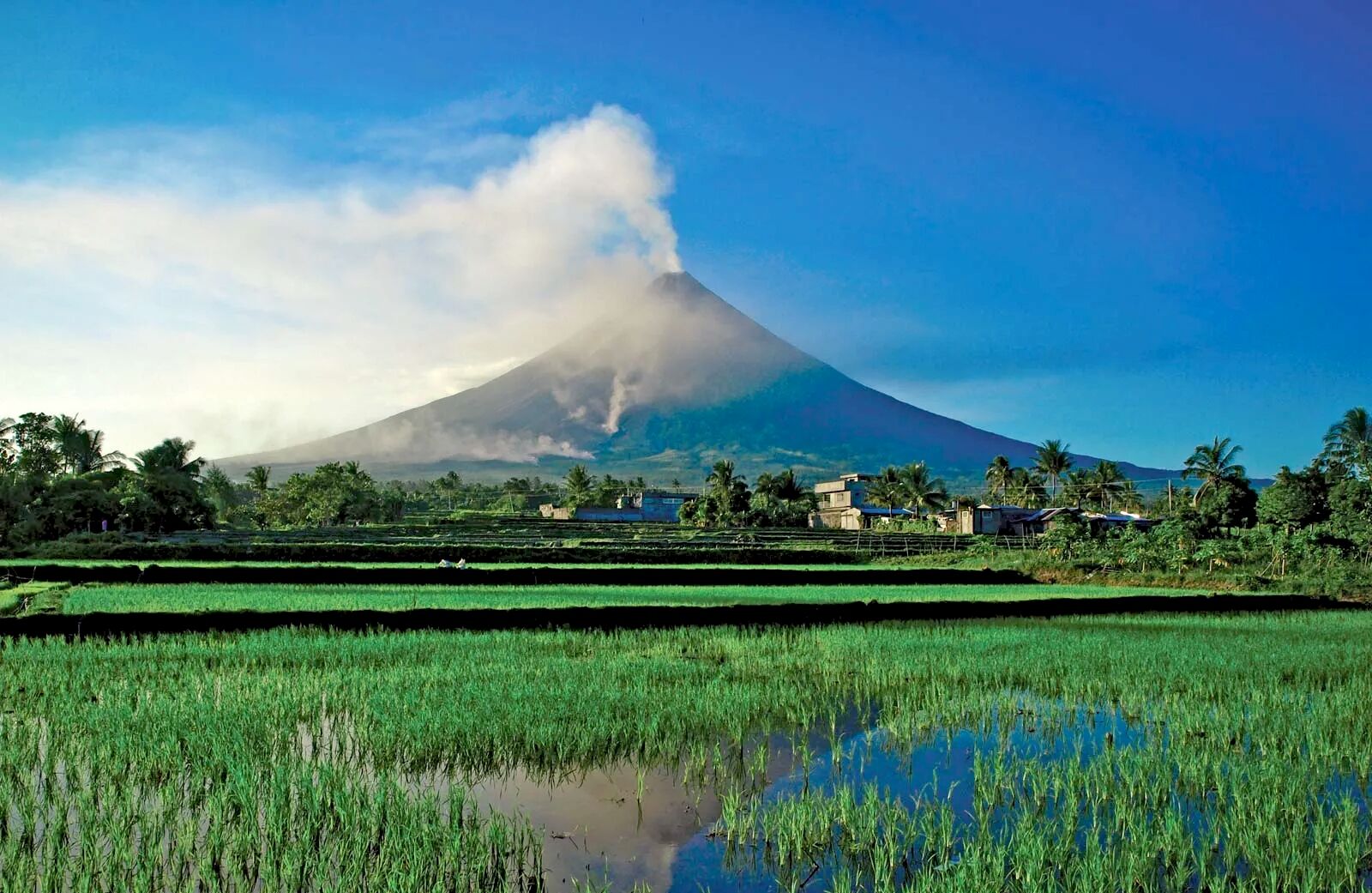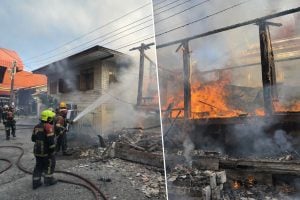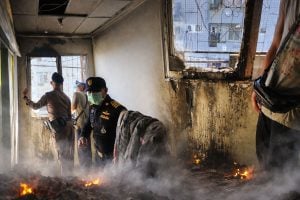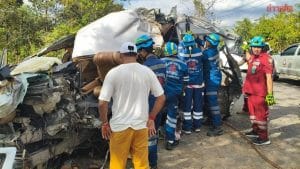Rescuers struggle to reach plane crash on Philippine volcano

Rescue teams in the Philippines have embarked on a perilous mission to recover the wreckage of a small plane that crashed on Mayon Volcano over the weekend. The Cessna 340 was en route to Manila from Bicol International Airport when it went missing.
It was carrying four passengers including two Australian technical consultants for renewable energy company Energy Development Corporation. Yesterday, civil aviation investigators conducted a reconnaissance flight and verified that the wreckage found on the volcano was indeed that of the missing aircraft.
However, it is currently unknown whether any of the passengers on board survived the crash.
The trek to reach the crash site has been obstructed by heavy rain, clouds, and the risk of a possible volcanic eruption. The plane is on the western side of the Mayon Volcano, around 1,070 to 1,200 metres above sea level, according to the Civil Aviation Authority of the Philippines (CAAP).
That attitude makes rescue operations a challenging and dangerous task. High winds and cloud cover aborted an attempt to use helicopters and lower rescuers to the site. Search and rescue teams instead undertook the steep climb on foot.
One of the mountaineers who took part in the rescue operation mentioned that climbing the Philippine volcano was extremely challenging. The veteran climber had scaled the volcano several times before.
“[Mayon] could easily erode and trigger rockfalls even if there’s no eruption. Some are caused by wind, water or rain.”
The director of the Philippine Institute of Volcanology and Seismology, warned of a risk of a “steam-driven eruption or a rockfall”, emphasising the dangers of the operation.
“It’s a very risky operation. If they are willing to take the risk, only professionally trained and experienced personnel should be involved.”
Mayon is the most active volcano in the Philippines, and its slopes are restricted due to the risk of an eruption, erosion, or rockfalls.
This wasn’t the first Cessna plane to vanish this year. Another disappeared on January 24 in the northern province of Isabela, but its wreckage has not been found, according to the CAAP spokesperson.
Latest Thailand News
Follow The Thaiger on Google News:


























